Silicon Valley startup eyes U.S., Ecuador markets for water quality sensor ‘Osmobot’
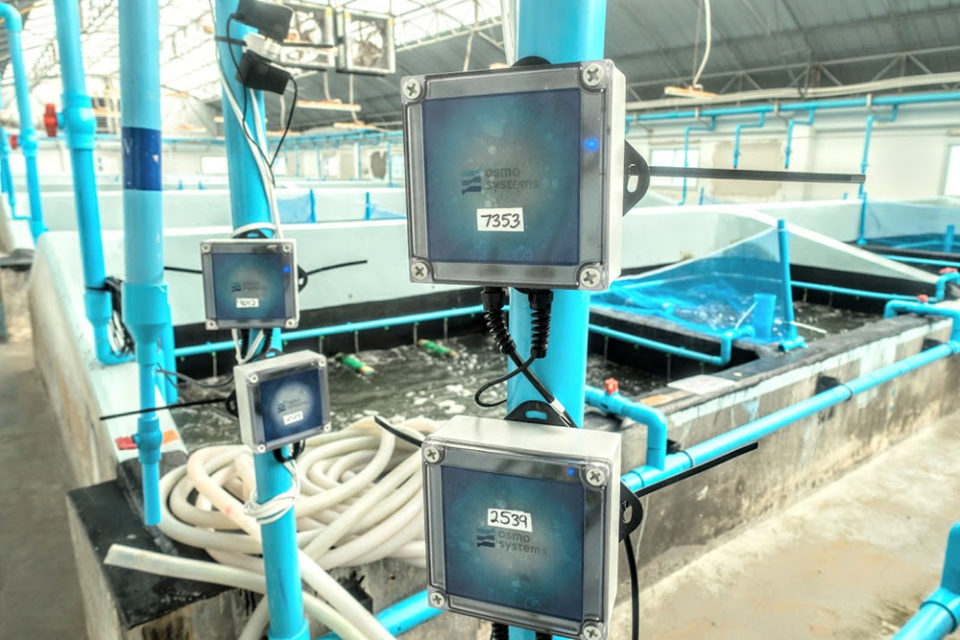
Fish farmers are, if nothing else, sticklers for tradition.
That’s not to say they’re opposed to new ideas, but they know what works, what’s best for their facilities, how to address any hurdles they might face, and how to produce a high-quality product. If that means doing things manually, or slowly, then so be it.
But Zach Stein, CEO and cofounder of the Silicon Valley-based Osmo Systems, a startup working to help aquaculture operators automate their water quality monitoring systems, thinks it’s time for that attitude to change.
In his view, the industry needs to focus on efficiency in order to keep up with demand. The Global Aquaculture Alliance (GAA) agrees, and named Osmo one of three finalists for its annual Global Aquaculture Innovation & Leadership Award, which will be determined at the organization’s GOAL conference next month.
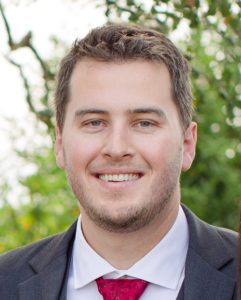
“When we talk with farmers, we often see generational splits,” said Stein. “Now we’re talking to the second generation of farmers, people who grew up with technology. It’s much more of an obvious next step for them to take in improving their farms. Whereas people who have been doing it the same way for so long, their interest in innovation mainly comes about if they’ve hit something very painful – when the status quo is no longer working.”
Osmo began in 2016 as a company focused on water quality monitoring systems for hydroponic and aquaponic systems. It soon pivoted to aquaculture when it started getting interest from large-scale shrimp farms. For Stein, whose background is in indoor farming, it was a wake-up call.
“Aquaculture was an area we hadn’t really explored before,” he said. “So we went and visited some [farms]. Wow, it was crazy. Some of these farms are huge, are getting investment and have a ton of capital to work with.”
At the same time, though, he saw that many farmers still monitor their water quality manually, offline, in simple spreadsheets.
Osmo’s solution is a self-contained sensor system – the Osmobot – that monitors water quality 24 hours a day, delivering results straight to managers’ smartphones. It doesn’t require any special expertise to operate, it self-calibrates, and according to the company it costs 90 percent less than any other automated monitoring systems currently on the market.
“The big reason why aquaculture’s not online today is that the existing sensor systems are built by companies that serve many different industries, with the primary one being wastewater,” Stein said. “Because wastewater plants are often run by the government their sensors don’t have to be designed for cost-effectiveness or ease of use, so they tend to be really expensive.”
These systems are also difficult to keep calibrated, especially in bioactive pond environments. So even the farmers who do install them tend to migrate back to handheld sensors, or even chemical tests, over time due to the hassle.
Osmo’s system, on the other hand, is designed around photochemical sensor patches that, like reusable litmus paper, change color when the water around them changes. The system then uses a combination of LEDs and light-reader chips to interpret what those color changes mean, with algorithms to turn that data into actionable water quality information.
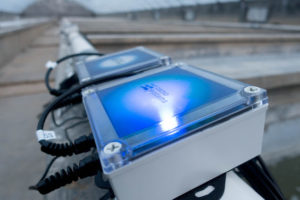
For farmers, having access to this kind of ready data stream could be a game-changer.
“On the one hand, you have what we call the ‘pants on fire’ problems – my dissolved oxygen level is crashing and I need to go do something about it right now – but then there’s also all of the longer-term issues,” Stein explained. “Like feed conversion ratios. Shrimp in particular will eat in poor water conditions that will not necessarily translate into growth.”
Data that can tell you to feed your ponds and when not to – because you’re going to be wasting money and potentially making your water quality worse – can be very useful.
Osmo has raised nearly $3 million in seed funding and is currently preparing to launch the Osmobot to the U.S. market before expanding internationally, with a focus on Ecuador to start. This year’s GOAL conference, as luck would have it, is in Guayaquil. The GOAL audience will vote for the winner.
“Having more data is just better,” Stein said. “Aquaculture in general is behind the rest of animal husbandry in terms of its usage of data and its understanding about how to use it to improve farming methods. Given the current low prices, farmers are seeing their margins tightening, so they’re looking for solutions to optimize and protect those margins. Data can help show them the way.”
Editor’s note: This is the first of three articles profiling this year’s finalists for the Global Aquaculture Innovation Award, sponsored by Skretting. Look for the second and third finalist profiles in the next two weeks.
Follow the Advocate on Twitter @GAA_Advocate
Now that you've reached the end of the article ...
… please consider supporting GSA’s mission to advance responsible seafood practices through education, advocacy and third-party assurances. The Advocate aims to document the evolution of responsible seafood practices and share the expansive knowledge of our vast network of contributors.
By becoming a Global Seafood Alliance member, you’re ensuring that all of the pre-competitive work we do through member benefits, resources and events can continue. Individual membership costs just $50 a year.
Not a GSA member? Join us.
Author
-

Tim Sprinkle
Tim Sprinkle is a writer based in Denver, Colo. His work has appeared in Wired, Outside and many other publications, and he is the author of the 2015 book, “Screw the Valley: A Coast-to-Coast Tour of America’s New Tech Startup Culture.”
Tagged With
Related Posts
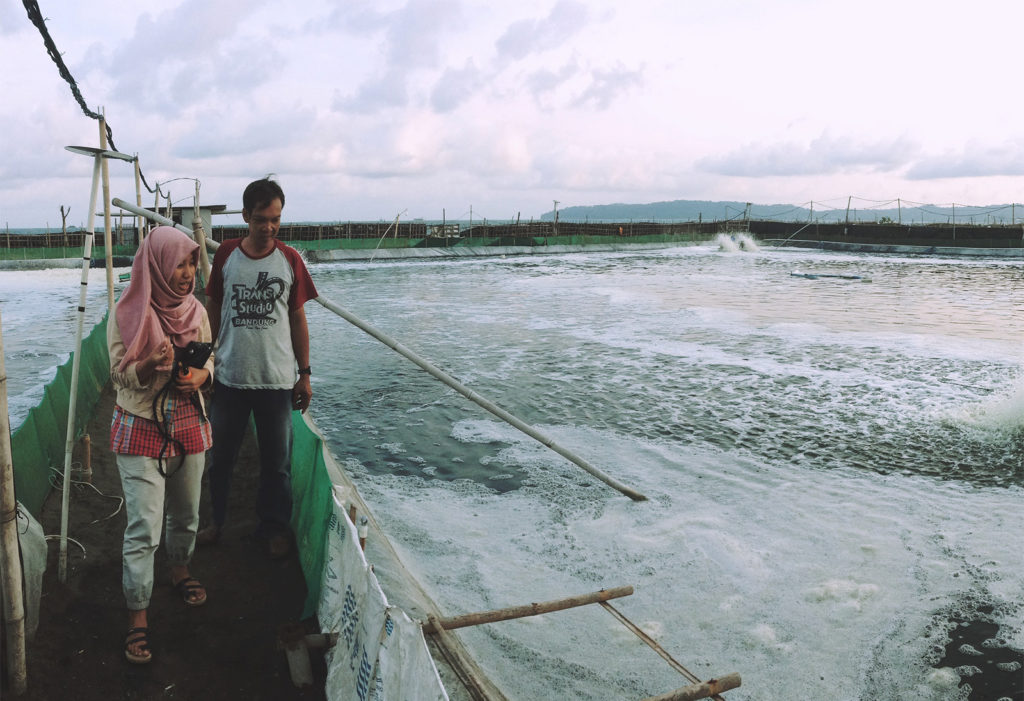
Innovation & Investment
JALA engineering innovation for Indonesian shrimp farmers
A company in Indonesia hopes the vast network of shrimp farms throughout the country will adopt its IoT device, particularly when they’re on the go.
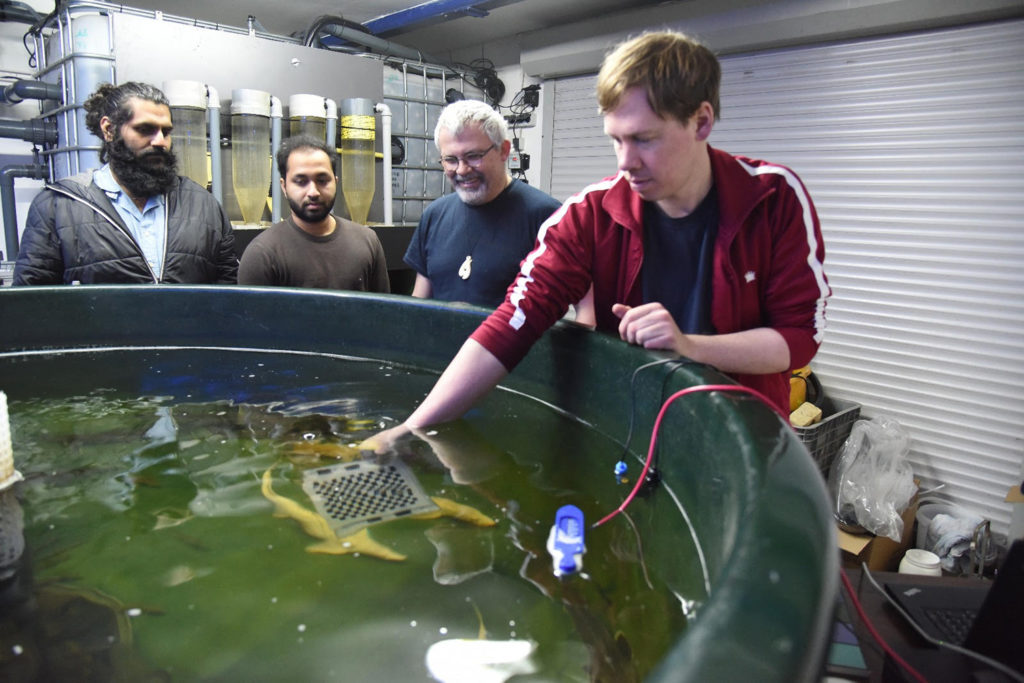
Innovation & Investment
Can IoT tool help fish farmers sleep better at night?
Berlin-based Monitorfish wants to enable fish farmers to keep a close watch on their stocks from their smartphones, another Internet of Things solution for producers.
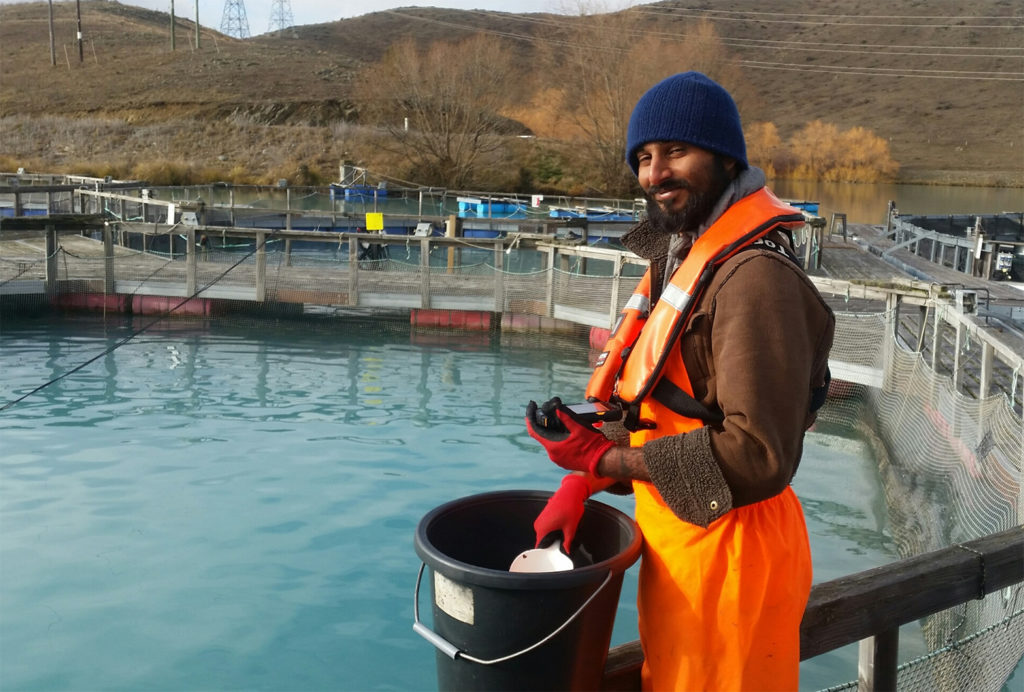
Innovation & Investment
Aquaculture data-collection app provides cloud coverage
Aquanetix, launched by two fish biologists, employs cloud technology for electronic data collection, enabling farmers to monitor infrastructure, minimize feed losses and make informed operational business decisions based on real-time reports about their stocks.
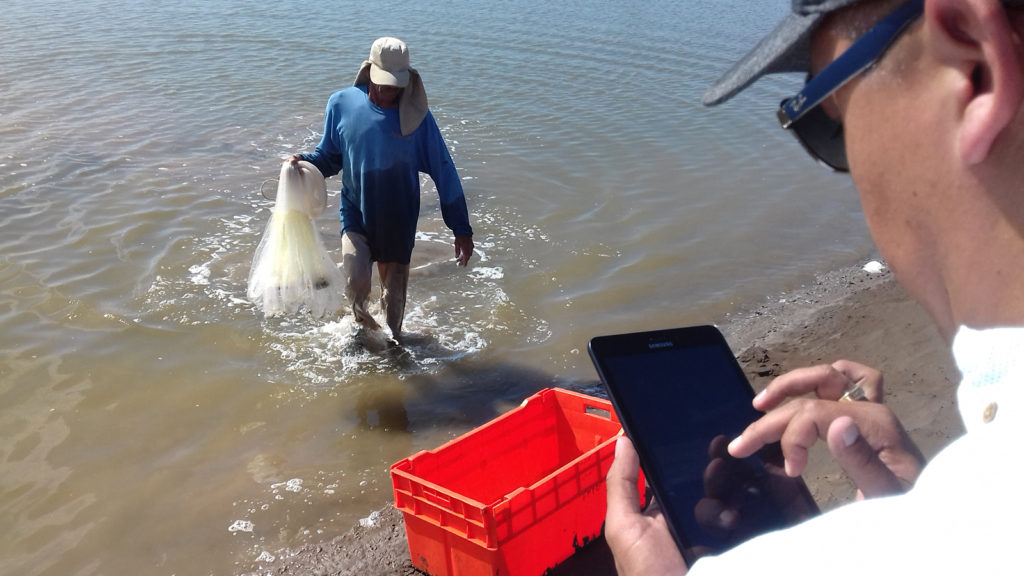
Innovation & Investment
iQShrimp: Cloud-based, predictive software for shrimp farmers
Cargill’s iQShrimp is a novel, cloud-based, digital platform that can capture and record relevant data from shrimp ponds through various automated systems to help shrimp farmers manage risk and make better management decisions.

